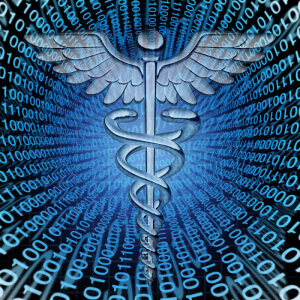From the December 2016 issue of HealthCare Business News magazine
By Bipin Thomas
Big data is a collection of large and complex data sets that are difficult to process using common database management tools or traditional data processing applications. According to the definition by zdnet.com, “Big data refers to the tools, processes and procedures allowing an organization to create, manipulate and manage very large data sets and storage facilities.” Big data is not just about size. It tries to find insights from complex, noisy, heterogeneous, longitudinal and voluminous data, and aims to answer questions that were previously unanswered.
Standard medical practice is moving from relatively ad hoc and subjective decision-making to evidence-based health care. In evidence-based health care, “data” will take center stage. Tools like electronic health records (EHR) are becoming widely accepted as a means of capturing patient health data, as there are more incentives for hospitals and medical professionals to use EHR technology.
Additional source streams of data are made possible by the development of new technologies such as continuous patient monitoring devices, data-streaming body sensors, implantable devices that transmit data continuously and mobile applications. Patient social communications in digital forms are increasing, which creates another major source of valuable data.
However, there are many challenges in integrating and extracting useful information from such data. Those challenges include inferring knowledge from complex heterogeneous patient sources, leveraging the patient data correlations in longitudinal records, understanding unstructured clinical notes in the right context, efficiently handling large volumes of medical imaging data and extracting potentially useful information and biomarkers, capturing the patient’s behavioral data through several sensors, their various social interactions and communications, etc.
Big data empowering patients
Image data is big. By the end of 2016, the average hospital will have two-thirds of a petabyte (665 terabytes) of patient data, 80 percent of which will be unstructured image data like CT scans and X-rays. The main tasks involved in image data processing are modality classification, image-based retrieval and case-based retrieval.
A major challenge with the image data is that it is not only huge, but is also high-dimensional and complex. Extraction of the important and relevant features is a daunting task and the main challenge is in bridging the gap between the visual content and its numerical representation. These representations are designed to encode color and texture properties of the image, the spatial layout of objects and various geometric shape characteristics of perceptually coherent structures. Comparison of image features is done based on mathematical analyses, which compare descriptors across different images.
